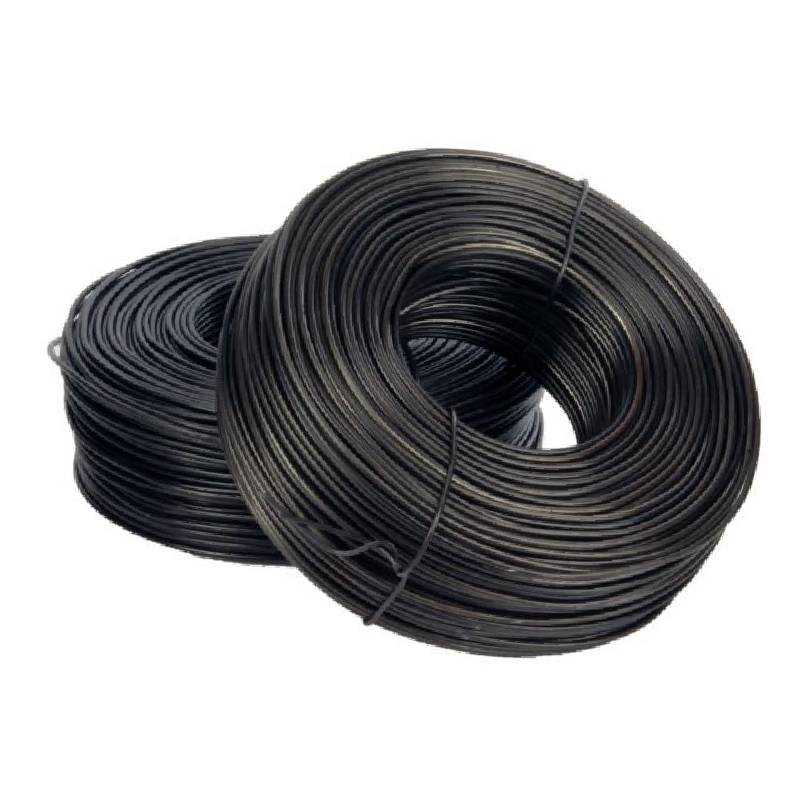
- Mobile Phone
- +8613931874955
- sales@cntcmetal.com
Versatile Brick Ties for Enhanced Structural Support and Flexibility in Construction Projects
The Importance of Adjustable Brick Ties in Modern Construction
In the ever-evolving landscape of construction and building design, certain figures stand out as pivotal components that ensure structural integrity and aesthetic appeal. One such component is the adjustable brick tie. This element has gained prominence for its versatility and critical role in facilitating robust brickwork while accommodating the complexities of varying construction environments.
What are Adjustable Brick Ties?
Adjustable brick ties are specialized connectors used to anchor brick veneer walls to the structural framing they cover. Unlike traditional brick ties, which are fixed in size and shape, adjustable brick ties allow for variations in wall thickness and height, making them an invaluable tool in modern construction. They provide the necessary flexibility to accommodate different designs while ensuring that the overall structure remains stable and secure.
Benefits of Adjustable Brick Ties
1. Enhanced Structural Integrity One of the primary benefits of using adjustable brick ties is the enhancement of the structural integrity of a building. They help distribute lateral forces from wind and seismic activity evenly across the wall, reducing the risk of cracking or detachment over time. This is particularly important in areas prone to extreme weather conditions, where the resilience of building materials is paramount.
adjustable brick tie

2. Versatility in Design As architectural designs become more complex, traditional construction methods may struggle to accommodate unique features such as curves, varying wall heights, or non-standard materials. Adjustable brick ties can be calibrated on-site to fit various configurations, allowing architects and builders the freedom to explore innovative designs without compromising safety or stability.
3. Ease of Installation The design of adjustable brick ties simplifies the installation process. Builders can make real-time adjustments to ensure a snug fit, which can significantly reduce construction time and labor costs. Furthermore, these ties often require less pre-planning compared to fixed ties, allowing for a more dynamic building process where changes can be made on-the-fly.
4. Cost-Effective Solution While the initial investment in adjustable brick ties may be slightly higher than traditional options, their long-term benefits far outweigh these costs. The durability and flexibility of these ties can lead to lower maintenance and repair costs over the lifespan of a building, making them a financially sound choice for both residential and commercial projects.
5. Compliance with Building Codes Adjustable brick ties are engineered to meet various building codes and regulations, which are crucial for ensuring the safety and longevity of any structure. Compliance with these codes minimizes the risk of fines or legal issues, making them a reliable option for contractors looking to uphold industry standards.
Conclusion
In conclusion, adjustable brick ties stand at the forefront of modern construction techniques, offering a wealth of benefits that enhance the stability, versatility, and aesthetic appeal of brick structures. As the industry continues to embrace innovative designs and sustainable practices, the role of adjustable ties is likely to become even more significant. For builders, architects, and contractors, understanding and utilizing these tools effectively will be essential in constructing not just buildings, but spaces that are safe, beautiful, and resilient for generations to come. Embracing adjustable brick ties is a step toward modernizing construction practices while upholding the integrity and safety of our built environments.
share:
-
Why Sacrificial Formwork Is Redefining Underground ConstructionNewsJun.06,2025
-
The Structural Dynamics of Modern Concrete: How Snake Spacers Revolutionize Flexible ReinforcementNewsJun.06,2025
-
Snake Spacers Smart-Lock Concrete Reinforcement with Surgical PrecisionNewsJun.06,2025
-
Snake Spacers: Reinforcement Precision for Modern Concrete ProjectsNewsJun.06,2025
-
Snake Spacers Powering Concrete's Structural DNANewsJun.06,2025
-
Slither into Success: Snake Spacers' Precision Bite for Unbreakable ReinforcementNewsJun.06,2025
-
Sacrificial Formwork: Building Stronger, Faster, and Safer StructuresNewsJun.06,2025



















